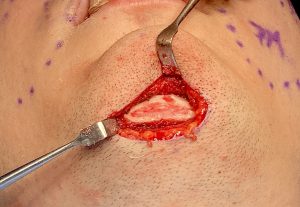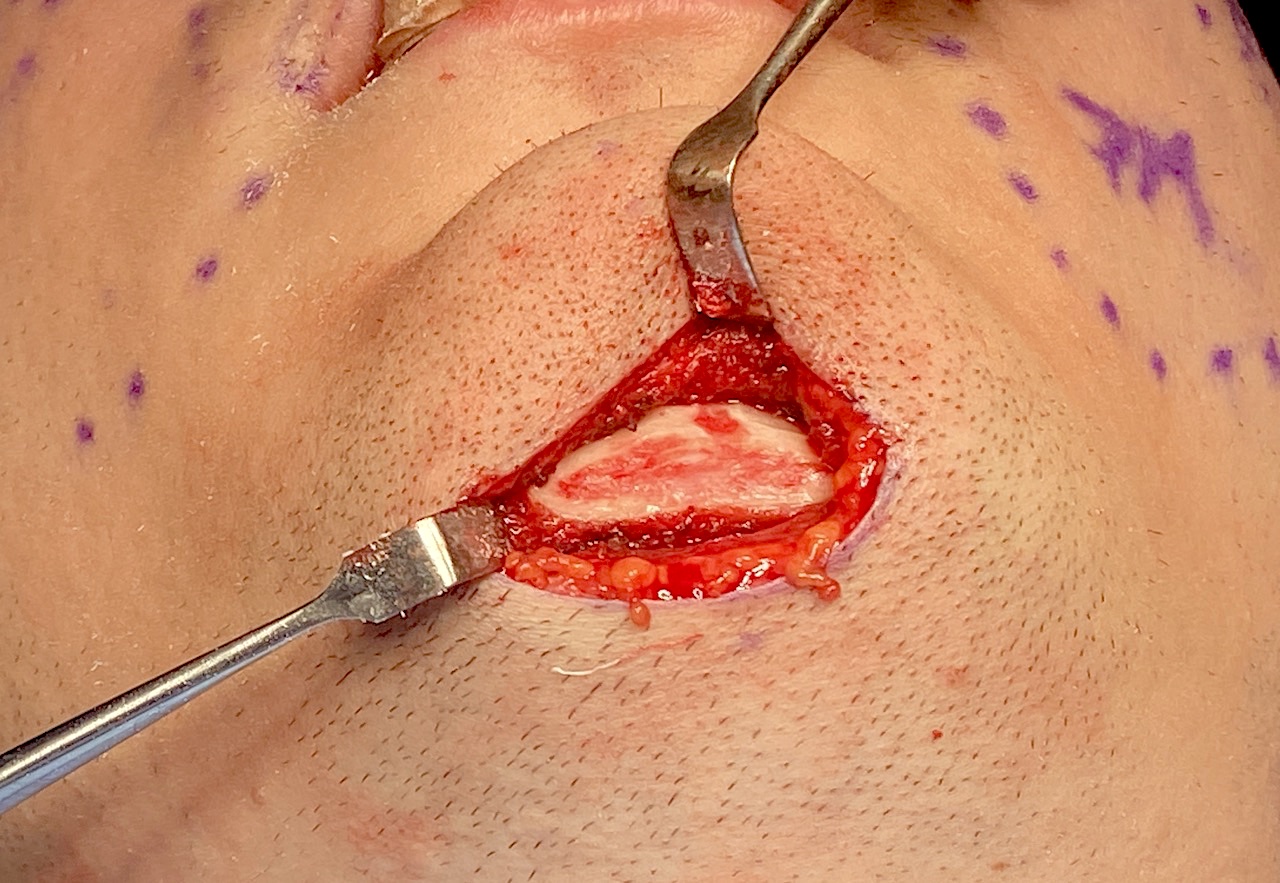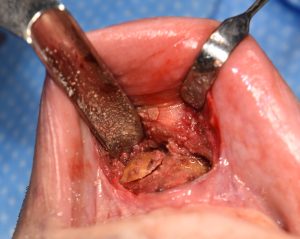I was just at the 40th annual meeting of the Scandinavian Association for Aesthetic Plastic Surgery in Goteborg Sweden as a feature speaker where I met a Swedish surgeon Dr. Igor Niecjajev who has practiced his entire career in Stockholm. He introduced me to a paper he had written on a procedure that I perform quote frequently, chin reduction, which reviews his experience with the procedure.
This paper appeared in the Online First edition of the Journal Oral and Maxillofacial Surgery September 2020 and is entitled ‘Reduction Genioplasty for Mandibular Prognathism and Long Chin’. The genesis of this paper was the lack of knowledge and experience of surgeons with methods to reduce the large chin which does not change regardless of their training background in aesthetic facial surgery. In this paper the author reviewed his 25 year experience in bony chin reductions in 47 patients, most of whom were females. (83%) Such chin reductions were performed through both an intraoral mucosal and external submental skin approached, equally distributed amongst the patients. The bone reductions were done using a pneumatic chisel. Interestingly almost all of the surgeries were performed under local or sedation anesthesia.
The intraoral approach was described as technically more challenging and was associated with a few temporal neuropathies of the mental nerve. Conversely the submental approach was described as technical easier with improved visibility of the chin bone, particularly at the inferior rim. It had no adverse nerve sequelae as would be expected from the increased distance from the mental foramen. The submental approach also allowed the option of soft tissue remodeling with chin pad excision. Long-term follow-up was done in enough patients to get a good feel for outcome which was as good or better in 78% of the patients. Five patients had revision surgery for skin indentations, which I presume was from a submental approach, although the paper didn’t specify. (but because four not them were dog ear revisions those at least undoubtably had a submental approach) Two patients has bony chin asymmetry which was treated secondary pneumatic chiseling. This makes s collective revision rate of 15%

It is also important to point out in today’s contemporary aesthetic chin and jaw reductions that I am not referring here to V-line surgery or more more specifically mini V line surgery. While this is a type of chin reduction it is best thought of as chin reshaping with other associated dimensional changes as well. This is a different type of aesthetic chin reduction which uses an intraoral osteotomy to change the shape of the chin not an ostectomy as in the chin reductions discussed here.
Dr. Barry Eppley
World-Renowned Plastic Surgeon




